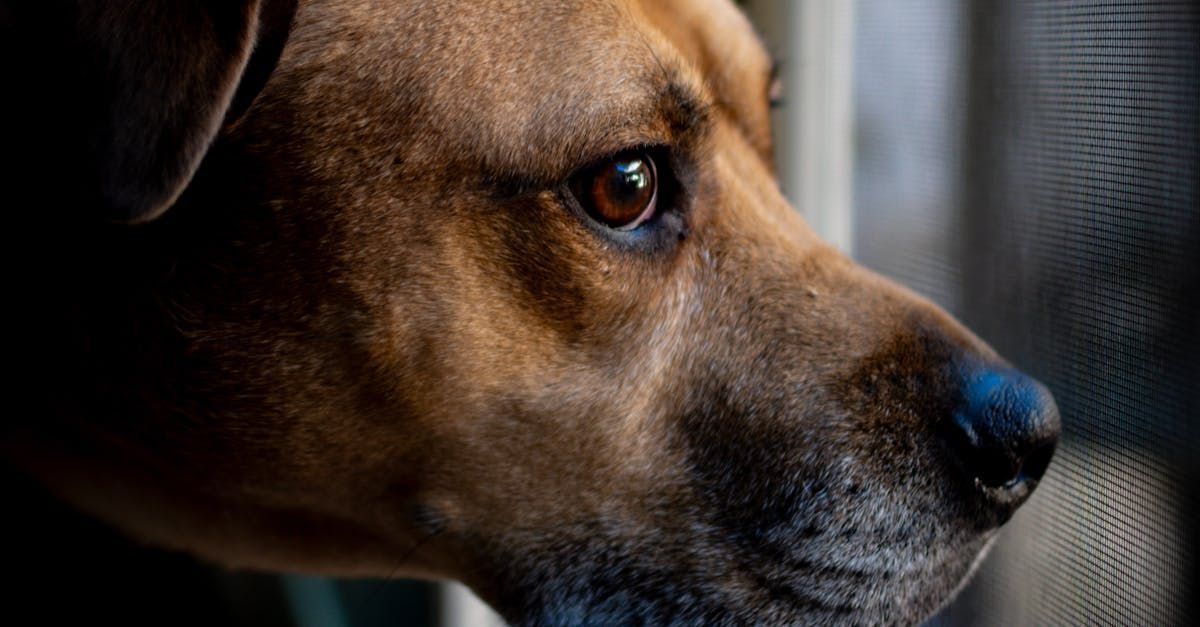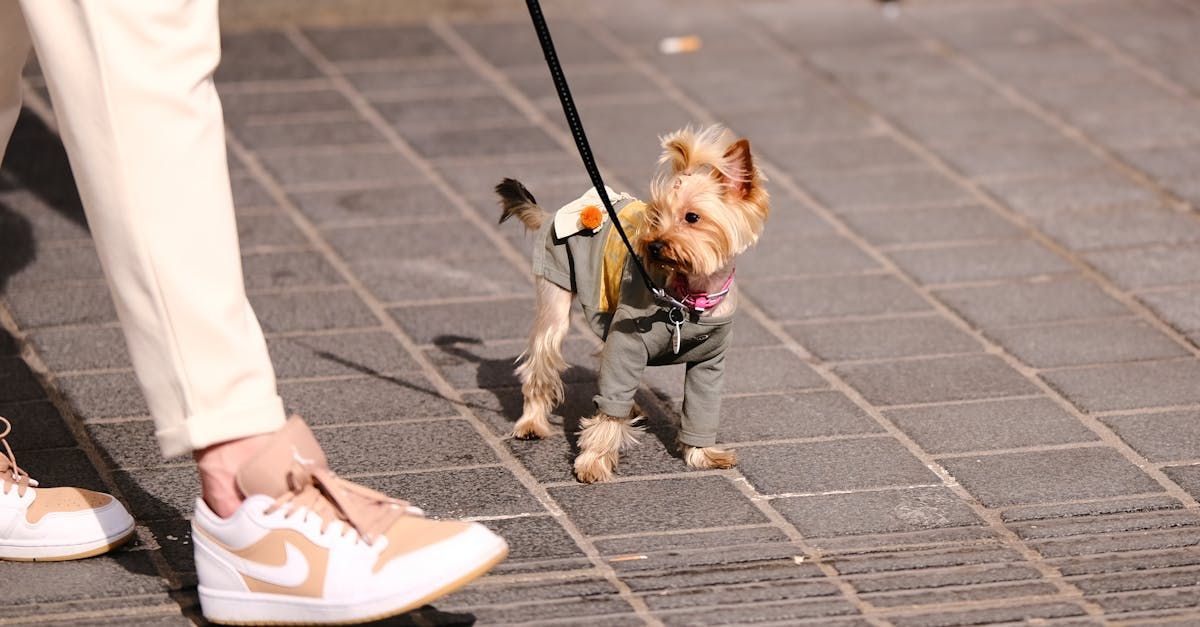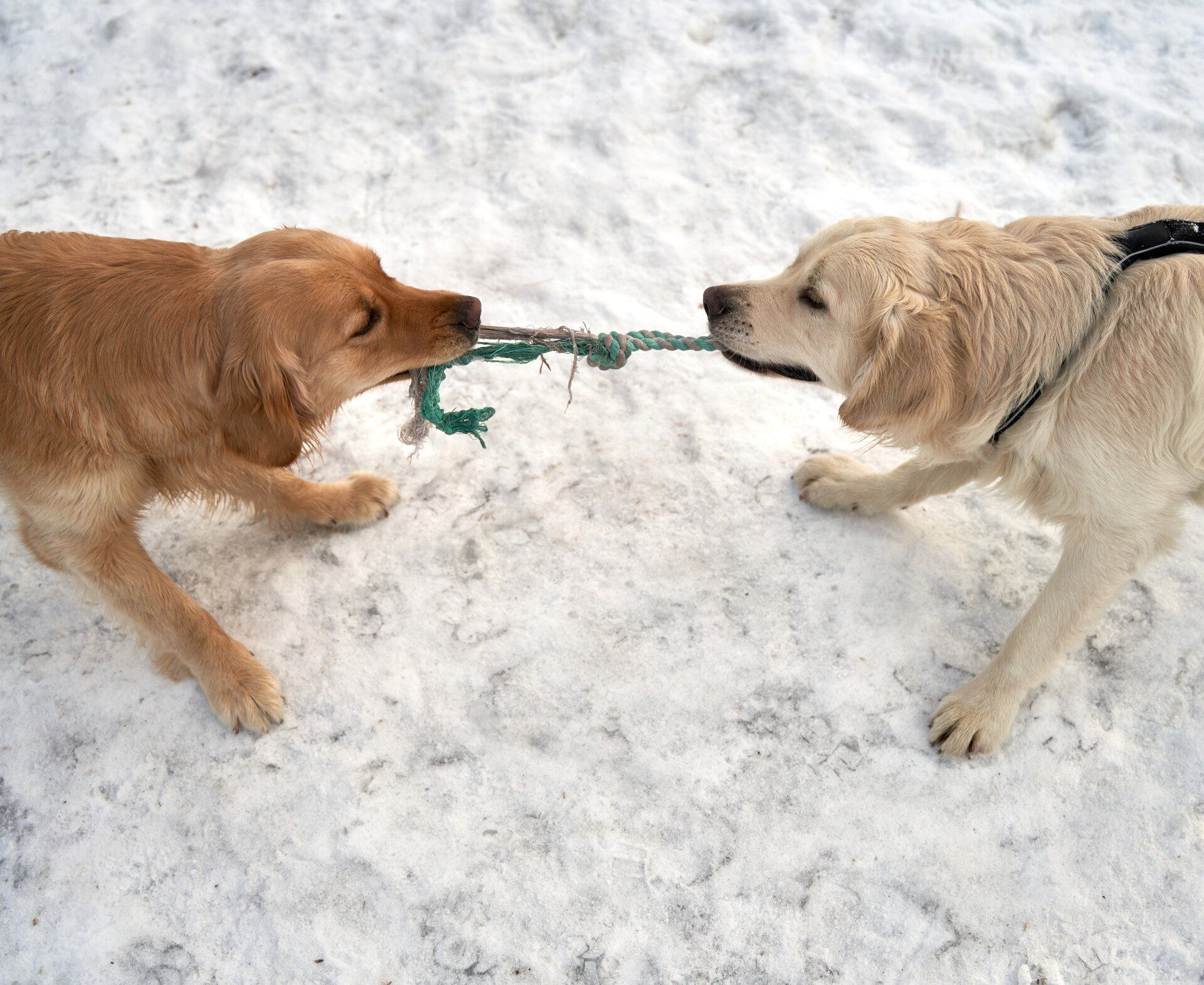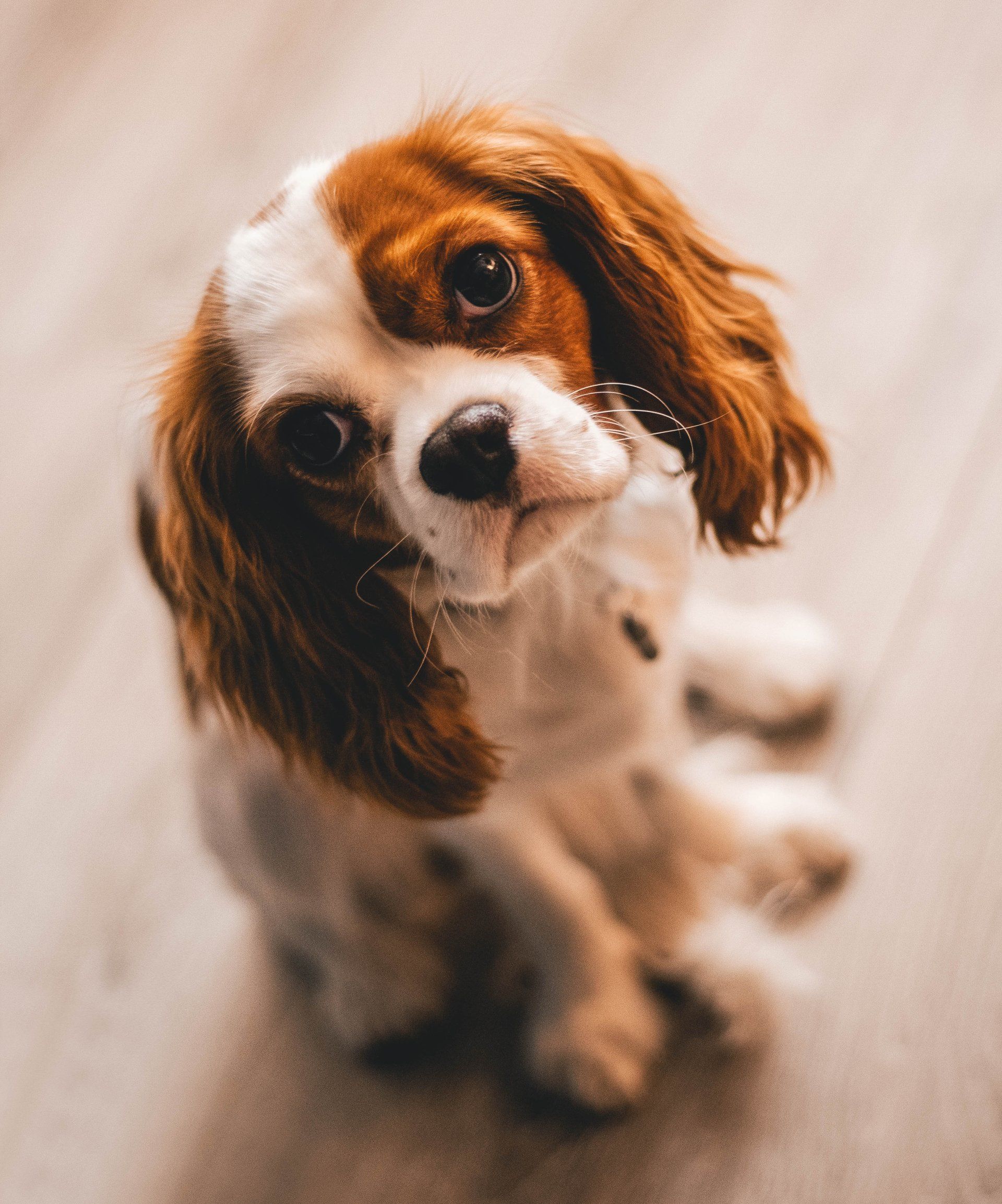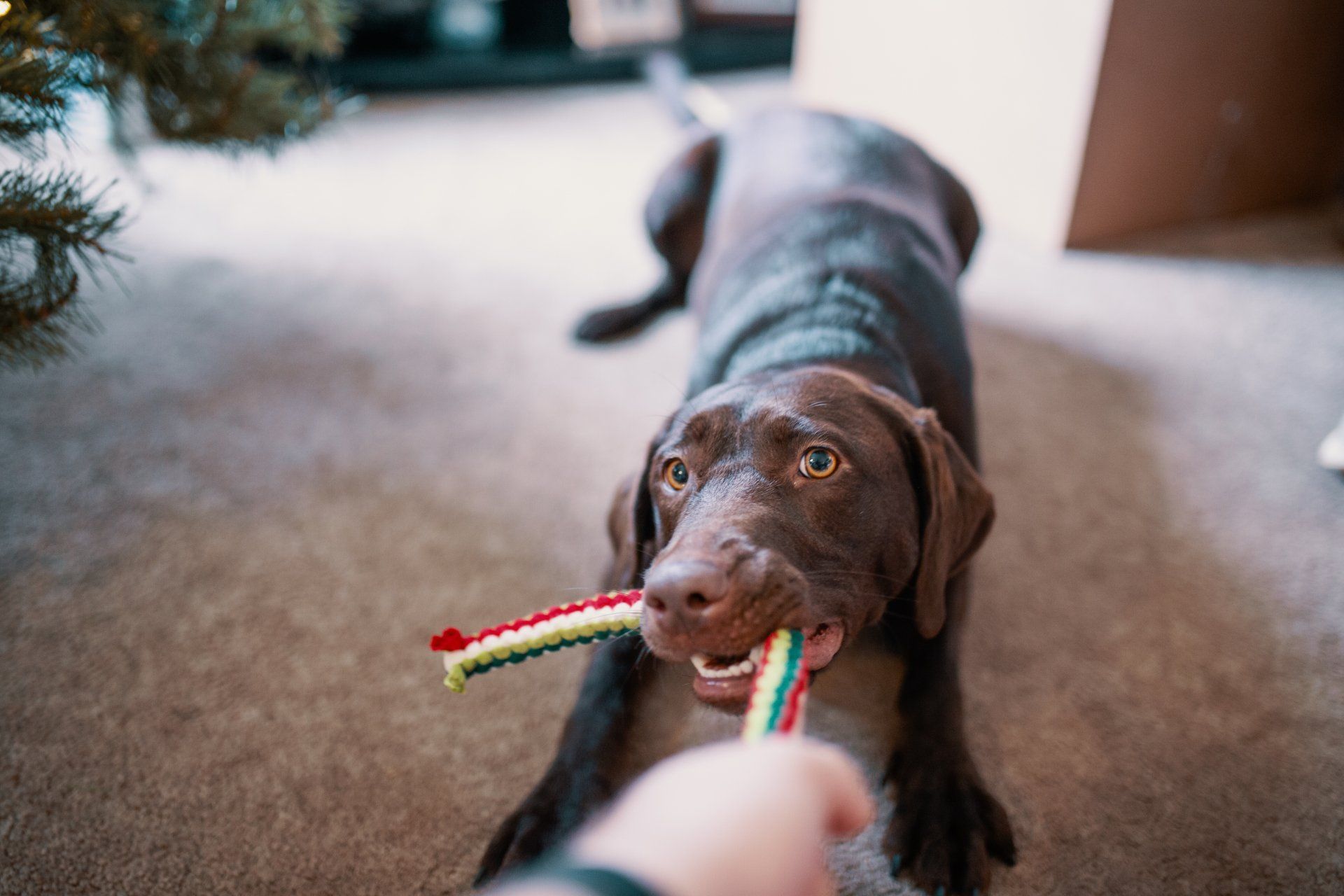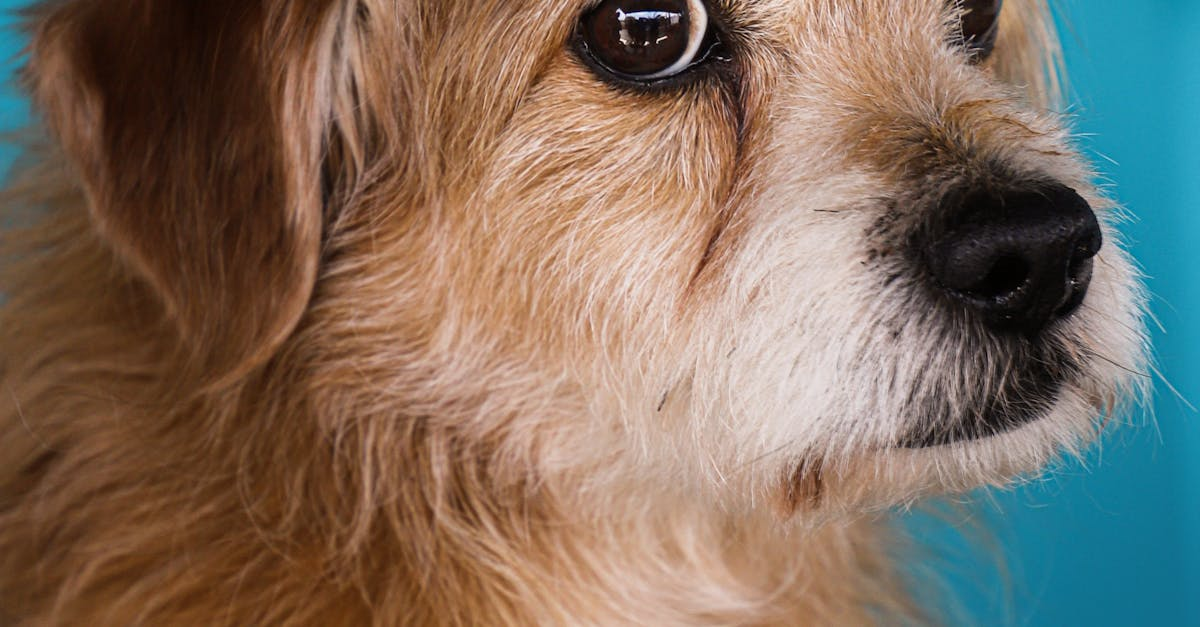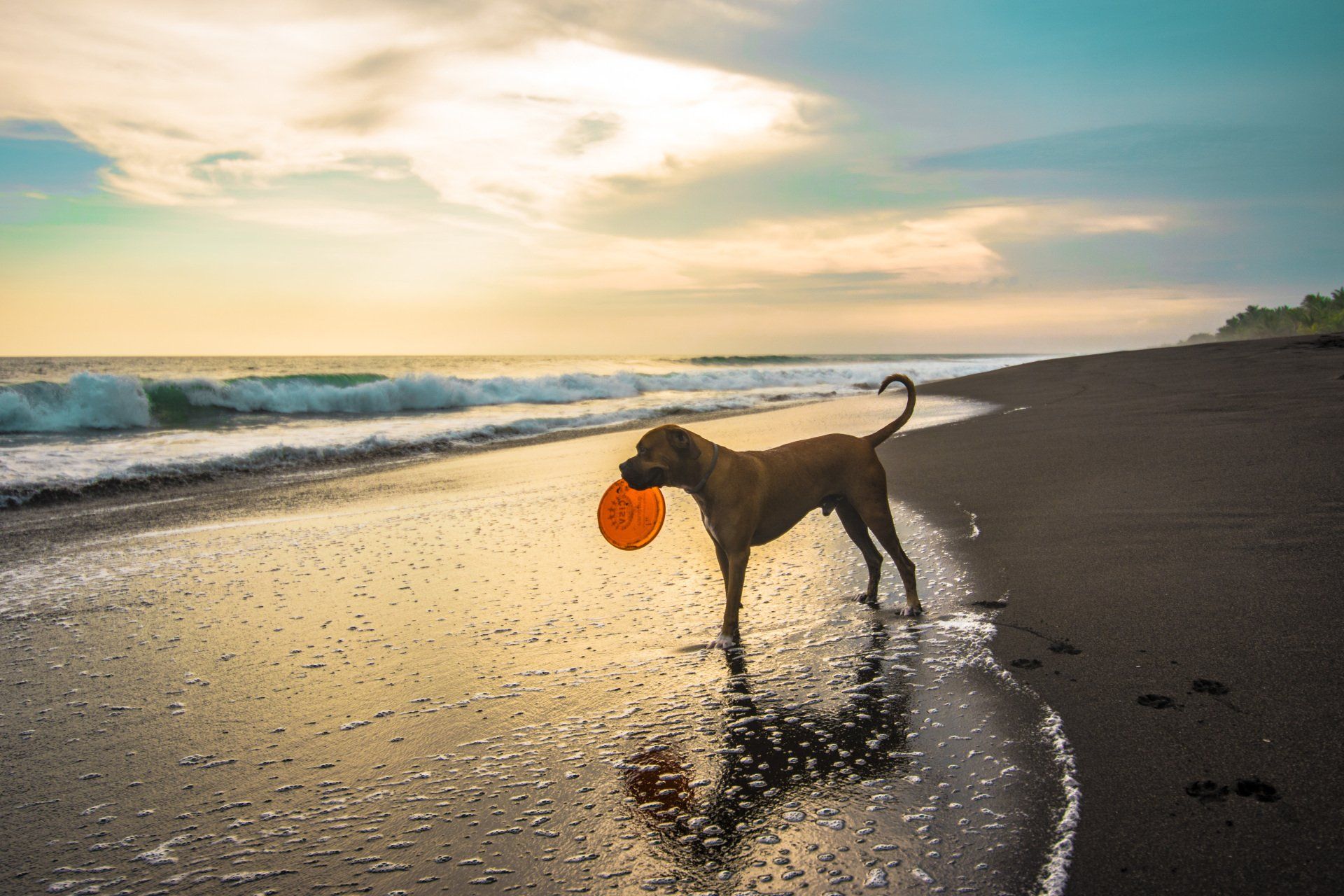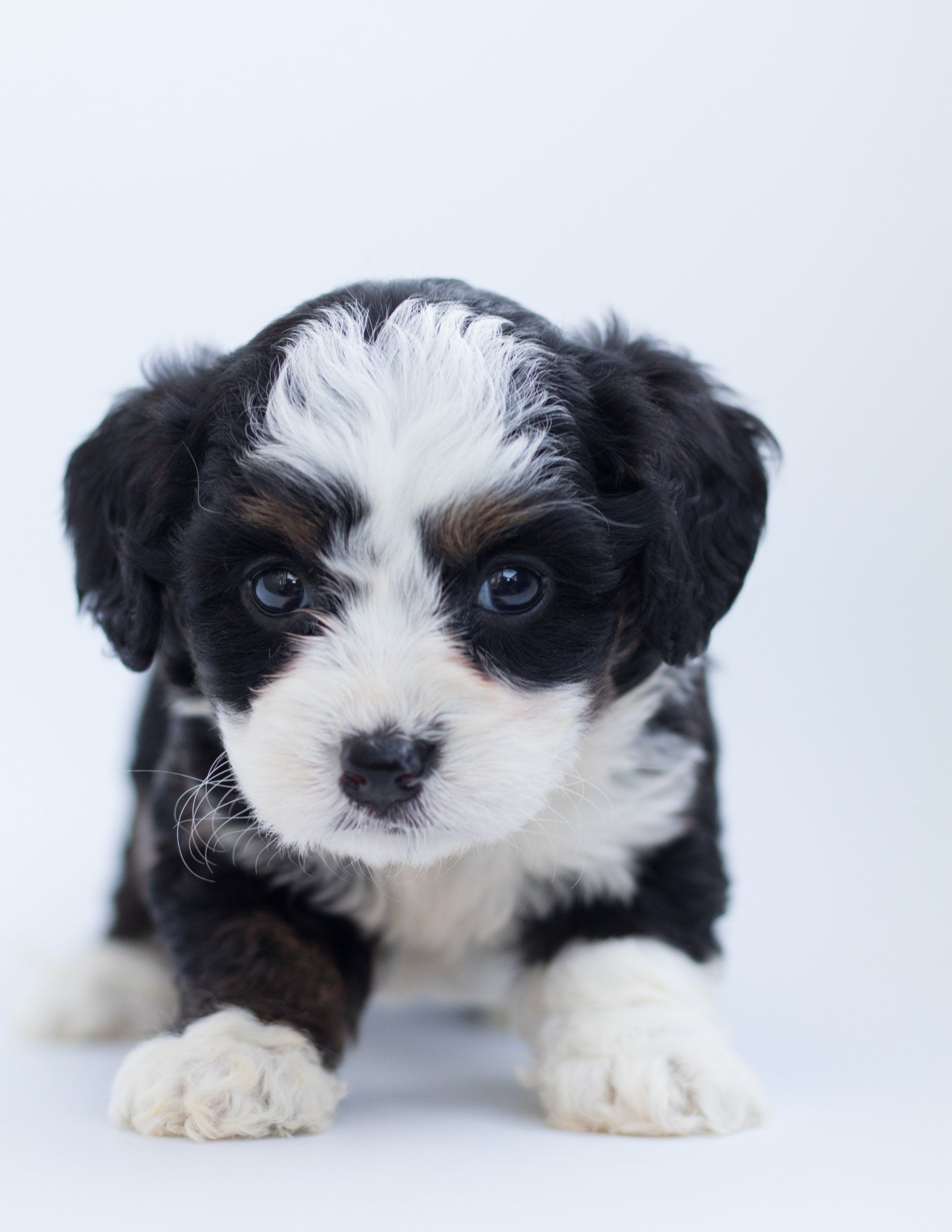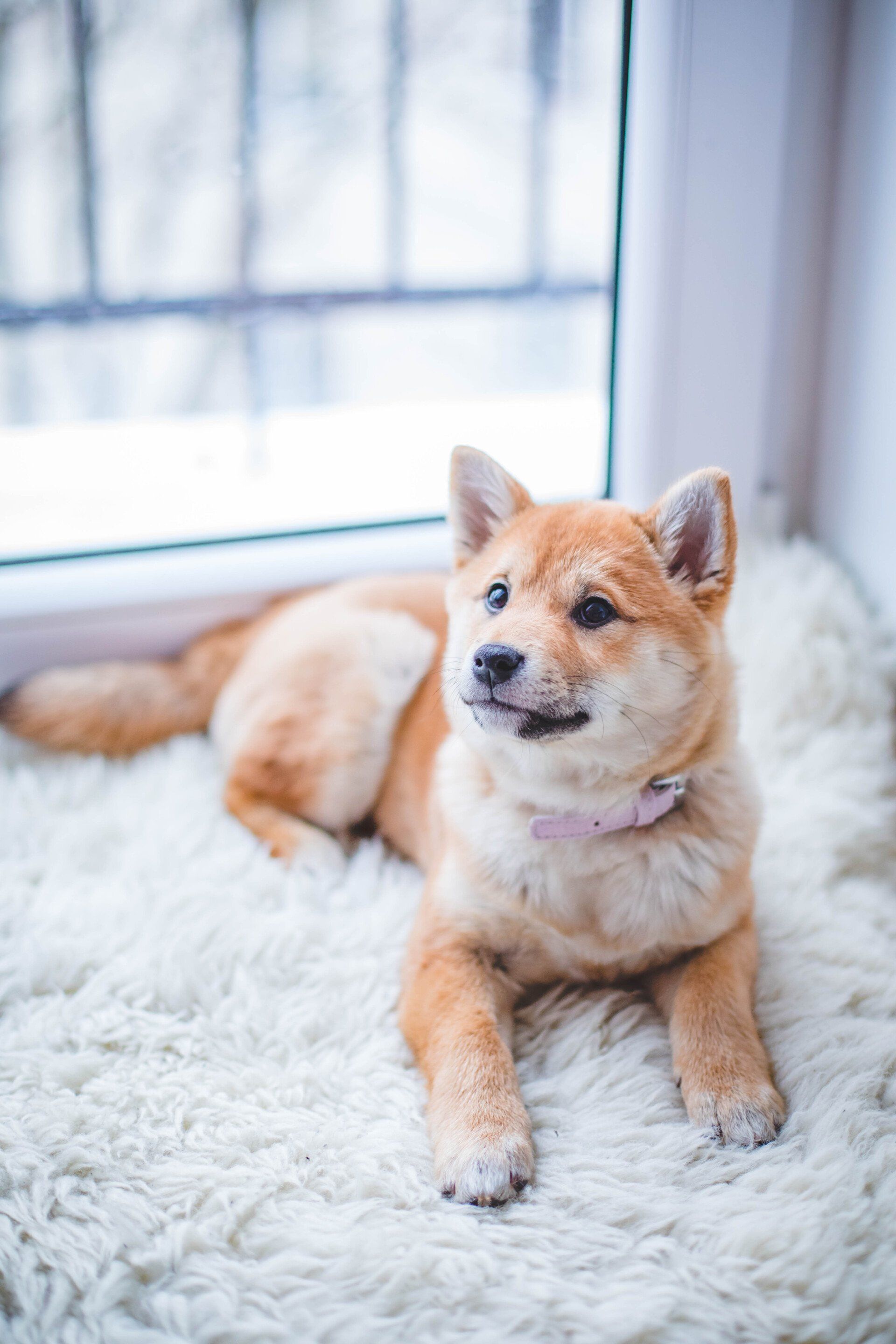Common Dog Training Commands
Common Dog Training Commands and Their Importance
To make life with your dog as enjoyable and fulfilling as possible, every dog should be able to follow a certain group of commands. These reduce frustration on your part and keep your dog safe for their part. The simple list includes a recall, a down-stay, and heeling on or off leash. These are the three most important commands every dog should know.
The recall can save you from a lot of things. If you see that your dog is going to get into something or get into trouble, you can call him back. This will save the dog from getting himself hurt.
The down-stay, or place, command is simply where the dog lays down and stays there until released by you. An emergency down can prevent harm to your dog as well as yourself. Should another dog be off leash and approach you and your dog, by putting him in a down position, your dog is less likely to react in a manner that would lead to a fight between the two.
Heeling, or walking your dog on a leash, is important because everyone will take their dog somewhere at one time or another in his lifetime. Not everyone has to take their dog to the park, dog shows, or training, but the one thing everybody has to do at one point is take their dog to a vet. This means the dog should know to heel.
The Recall
The most important command every dog needs in their repertoire is a recall. A recall will prevent injury to your dog or even to yourself and others. For example, if you have a more protective dog and it is off leash when a stranger comes onto your property, you want to be able to call your dog back to you. You don’t want him scratching someone’s car or even jumping on the person.
Saving your dog’s life is another benefit of having a good recall. If you live on rural property and your dog is running through the woods on the trail of a coyote or racoon, it could get lost. A good recall will enable you to get him to return.
You can also use a recall to redirect your dog from things that are distracting in the environment. These are things that might draw your dog’s attention from you and the tasks at hand. If you see it before your dog does, you can call him back to put his attention on you before he realizes what’s going on. If you have a strong enough recall and you may notice your dog reacting to something you haven’t seen, you can still recall him from it and redirect him into something more productive.
Dog training starts with value. The dog is going to perform a task in order to get something valuable in return. You need to create value within yourself to give your dog a reason to want to come to you. That is why I encourage feeding by hand. When you feed your dog by hand, he understands that you are his food source. He learns he needs to stay close to you, listen to you, and pay attention to you because he gets food. Your dog want food, and you provide it to him.

To teach a recall most effectively, you will have to condition a marker. The marker can be a clicker or the word “Yes.” Either can be valuable in training. It doesn’t really matter. Personally, I like to use a clicker because that means food is coming. The word yes, in my training, means a toy. The way to condition the clicker is by clicking and then feeding, spending a good amount of time to build the association. Click and feed. Click and feed.
Before I start working with actual verbal commands, I want to make sure I can get the dog to come to me. I begin by filling my pockets with food. Then I start walking backwards and feeding him out of each hand. I give him some food, and while they are eating, I move backwards. The dog walks toward me and gets fed. This builds the positive association with coming to me.
That is the beginning part of my recall. Eventually, I will get to the point where I will add a word to the process. Before I start adding the command, I want the dog to know his name. The reason I do this is so that the dog will look at me when I say his name. If I say the dog’s name, when he looks at me and I say yes, that is my marker that means come get food. He has to come to me to get the food.
The timing of the click is important. I back up, click, and feed the dog. I keep repeating this. The clicking comes as the dog moves toward me. It has to come before you give the dog some food.
Once this association is established, I say the dog’s name. As soon as the dog looks at me, I click and say, “Yeah,” backing up. Because I’m backing up and moving away from him, the dog’s going to want to come to me even faster. It’s a race, and dog’s love to race.
That’s how I start at the beginning to train the recall, getting them to come to me and do it quickly. I have to build excitement. I have to build motivation. That means I can’t be a lump on a log. I have to be moving and motivating and encouraging to the dog.

I tell clients to be their dog’s cheerleader. When the dog gets a little victory, you need to celebrate the accomplishment and praise him. As soon as the dog looks at me after I call its name, I click and cheer, “Yeah. Good dog.” I start going backward so he starts running toward me to get the food.
I also teach a whistle recall. This is done a little differently, and the dog doesn’t even know it. In the beginning, I use Bil-Jac frozen dog food by rolling it up in little balls about the size of a grape. I freeze them so that when I throw them, they roll on the ground. To train the whistle recall, I like to use a long hallway because it is a straight line from one end to the other.
What I do is make a little game of the training. I show him the piece of food and throw it in front of me. The dog will run after it. Right before he gets to it, I click. After I click, I celebrate and cheer for him. I encourage the dog to come back to me. As he returns, I show him a piece of food and throw it behind me on my left side.
After the dog runs past me, I click right before he gets to the food. He picks the food up, and I cheer, “Yeah. Good dog.” Again, I show him the food, and he runs past me when I throw it out in front of him. I create a pattern. This part of it is done for about a week.
When the dog goes away from me on the first day of week two, I’ll click right before he eats the food. Right after he eats the food, I’ll blow my whistle. It will just be a little tweet, and then I’ll cheer him. I repeat the same process of encouraging him to come to me, and I throw the food past me again. I click, he eats the piece of food behind me, and I show him another piece of food in my hand. He runs past me on the left, and I throw it out in front of me. He chases it to the end of the hallway. I click right before he gets to it. After he eats the food, I whistle.
It takes repetitions and positive association. Remember, dogs learn by patterns. Being consistent goes a long way in training your dog. I’ll spend two or three months doing this game. At some point after, I can blow my whistle. As soon as I do that, he is going to look at me. He’s been conditioned to do that. The moment he does, you need to cheer his accomplishment, and he runs to you as fast as he can to get the food out of your hand. That is how you get a good, fast whistle recall.
Down-stay
A down-stay is a way for you to manage your dog while being surrounded by external distractions. We have talked about controlling the environment. But if you are at a park or a campsite, things happen outside your ability to control. This command enables you to develop a method keeping your dog out of trouble and preventing him from being hurt.
When you work on a strong down-stay with your dog, you can take your dog with you to more places without having to keep it tethered or in a kennel. It is a relaxed position that manages a potentially stressful situation.
To teach a down-stay, I start by luring the dog into a sitting position. From there, I can have him collapse straight into a down. When the butts down and the elbows are touching the ground, the dog is in a successful down position.
To build the association, the method will match that of working on a recall. Click. Feed. Click. Feed. Where I feed the dog is important. If I feed him out of my hand every time, he may want to come up to my hand to get the food when I come back. The dog should stay in a down until I tell it otherwise. I put the food right on the ground between the dog’s feet. This means the dog will not come out of the down to get the reward.
Dogs understand body language. In the beginning, I may bend all the way over and take a knee to help the dog get into a down. Then I will gradually break that down by quarters. If going all the way down to a knee and putting my hand on the ground is 100%, then 75% would be me just bending over and touching the ground.

The next quarter step at 50% would be me bending over and pointing at the ground. The 25% mark would be pointing at the ground without bending over. Then I would fade my hand signal, but before that happens, I’m going to add a word.
I will say, “Down,” and show the hand signal. Then repeat to build the association. When he goes down, I am going to mark and reward (click and feed). Once I have a word on it, then I can fade the body language. I don’t have to point to the ground anymore.
Once the dog understands and follows the verbal command to get into a down position, I have to start proofing duration. This is how long the dog stays in the down position. Once I get the duration where I like it, I start introducing distractions. At the point the dog can hold himself in the down for around half an hour with distractions—things that are just everyday life occurrences—the dog is pretty good.
Before you start working on any duration, you should be able to walk a circle around the dog at the end of the leash while it is in the down position. Once the dog accomplishes this, you should be able to put the dog into a down and walk away.
The long down is a place command. I can say, “Go lay down,” and the dog goes and lays down on his bed. If I say, “Down,” that means hit the deck. If I yell it with urgency, he better be getting down to the ground as quickly as possible. This could be to avoid my dog getting tangled up with a more aggressive dog that is charging in.
When working on duration, it needs to understand that it has to stay in the down. If he gets up, you put him back in the down and do not reward him. If your dog has a bed, put him in the long down there. In a place command on his bed, it is okay if he gets up and turns around as long as he doesn’t get off of it. This is where the long downs for a half hour occur.
You cannot put your dog in a long down on a busy sidewalk for a half hour while you go into a store and shop. Don’t expect him to stay. That is real high expectation because it’s difficult to control the environment. Placing him on a dog bed in your living room, you can expect him to stay.
Heeling, on or off leash
If your dog is going to be on a leash, you do not want it dragging you wherever it wants to go, and neither do you want to have to pull her where you need to go. It’s not productive, or enjoyable, to have a dog that does not know how to heel when on the leash.
I have what I consider three different types of heeling. The first one is loose leash. The dog can be out in front a little way or off to the side. But she’s not allowed to drag. This works when I am doing something like going hiking with my dogs, and I know there’s not anybody out there.
When I tell her, “All right, let’s go,” that means we’re going to go for a walk but don’t pull. My dog can come and go, and as long as I keep the leash above her head, I don’t have to worry about it getting tangled. When she exhibits the desired behavior, I mark it by clicking and feeding.
The second is what I call the contact heel. This means that the dog has to maintain contact to me, has to be touching me. I use contact heeling if we are in a crowded situation like walking through town or we’re in the parking lot going to the training field. We maintain a contact heel between all the exercises on the trial field and during defensive handling. The dog maintains a good place to be.
That good place should be either on my left or right side, and when I stop, the dog should sit. When I start walking again, the dog should move with me. When I make a left turn, I shouldn’t bump into her. She should move fluidly with me and stay at my side. In contact heeling, if I turn to the side opposite the dog, she should not get behind me but maintain constant contact with me.
The final heel is the focused heel. In this position, the dog is looking up at your face or shoulder with her shoulder right at your hip. The dog has a real high head position, and she typically throws her legs out. It is a pretty, orchestrated type heel. A lot of people like it, and it is what you do for a heeling exercise in a show.
This focused heel is useful to draw your dog’s attention to you in a stressful situation. This comes in handy if your dog is reactive to other dogs and the neighbors have their dog out in the front yard while you are on a loose leash walk. It may be behind a fence, but you don’t want your dog going crazy and barking when the other dog comes running at you.
When this happens, I call the dog back into a focused heel until we move past that distraction and threat. Then I would say, “Okay, let’s go,” and the dog would go into a loose leash walk. Having a good heel command helps you control the dog when you cannot control the environment.

Wrap up
The three most important commands a dog should know are a recall, a down-stay, and a heel. This will enhance your enjoyment with your dog and allow you to control her when you cannot control the environment. Learning these commands will also help you keep the dog safe in anxiety-inducing or dangerous and distracting environments.
The reason we build up positive reinforcement through practice, repetition, and proofing, is because dogs are chronic and perpetual cheaters. Like teenaged children, they will look for every way to cheat their way into getting what they want. If you let them, they will keep doing it.
If you are consistent and don’t let them cheat—situations like putting them back in a down without a reward after she breaks it before being released—the behavior gets better with everything you ask. Ultimately, you just wait them out.
Turn away from them or deny them the reward. Make them try harder to get it. You will see them understand that they need to perform the requested command correctly to get the reward. Be consistent.
Request a Phone Call from a Dog Trainer
We'll be in touch as soon as possible.
Dog Training Inquiry
Thank you for contacting Southern Warrior K9. We will get back to you as soon as possible
Oops, there was an error sending your message. Please try again, or email us directly at SouthernWarriorK9@gmail.com.
Contact Information:
Phone: (405) 326-0055
Email: SouthernWarriorK9@gmail.com
Address: 10451 OK-9, Norman, OK 73026
Disclosures
* Southern Warrior K9, LLC, and its training programs are not affiliated, sponsored, endorsed, approved, or associated with the American Kennel Club or the AKC Canine Good Citizen testing program. For more information about the AKC Canine Good Citizen testing program, please see https://www.akc.org/products-services/training-programs/canine-good-citizen/
** Nothing on this website should be considered legal advice. If you have legal questions about whether your dog qualifies for protected legal status as a service dog, please consult an attorney.
All Rights Reserved | Southern Warrior K-9, LLC.
